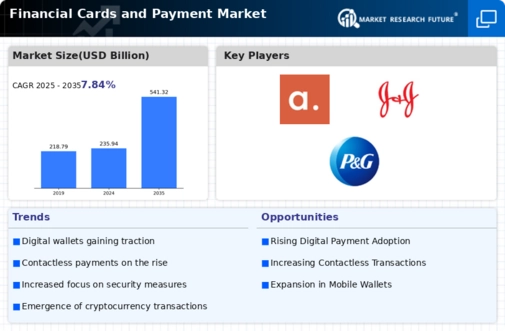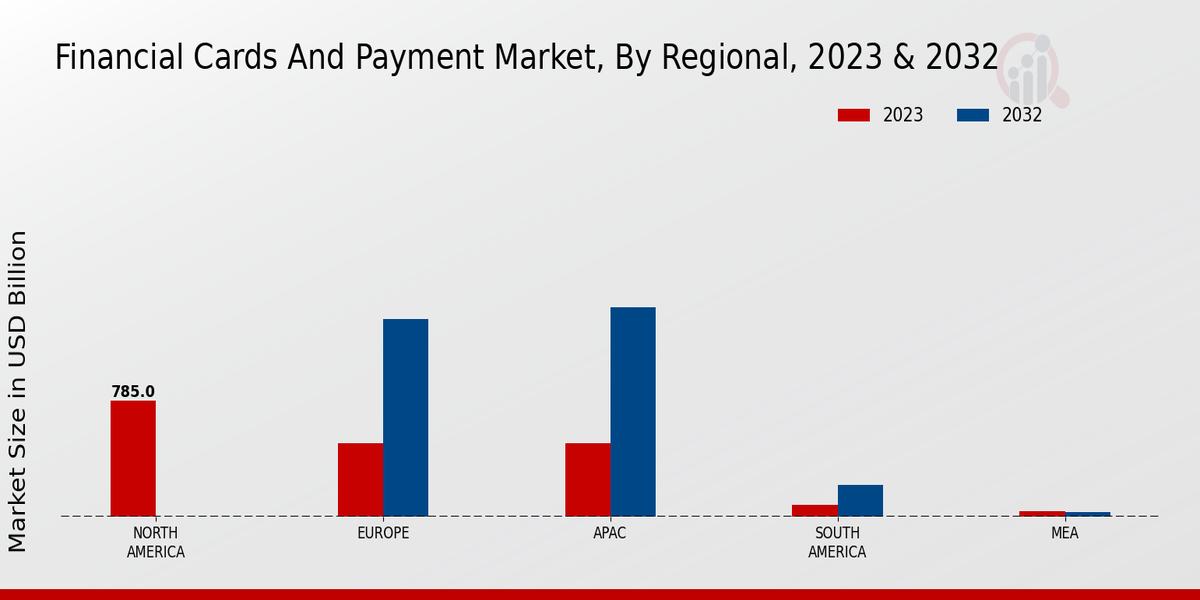The Financial Cards and Payment Market has become increasingly competitive, driven by the rapid advancement of technology and the growing demand for innovative payment solutions. This market encompasses various forms of electronic payment methods, including credit and debit cards, as well as digital wallets and contactless payment options. As more consumers shift from traditional currency to digital platforms, players in this market are constantly evolving to meet the diverse needs of their customers. Analyzing the competitive landscape reveals key strategies, product offerings, and technological advancements that are shaping the future of financial transactions.
The competitive dynamics are influenced by factors such as emerging fintech companies, regulatory frameworks, and changing consumer behaviors, which necessitate continuous innovation and strategic positioning among market participants.PayPal has established a strong presence in the Financial Cards and Payment Market thanks to its robust digital payment platform and diverse service offerings. It provides consumers with the convenience of sending money, making purchases online, and managing transactions seamlessly across various devices. One of PayPal's significant strengths lies in its widespread acceptance among merchants, which fosters trust and convenience for users.
Additionally, PayPal has invested heavily in enhancing security measures, giving users confidence in the safety of their transactions. Its user-friendly interface, alongside relevant tools for businesses to manage payments, further solidifies its position in the market. PayPal’s ability to swiftly adapt to market trends, integrate with various e-commerce platforms, and maintain partnerships with banks and financial institutions underlines its competitive advantage and commitment to innovation. Square, on the other hand, presents an interesting alternative in the Financial Cards and Payment Market, focusing primarily on small to medium-sized businesses.
The company is well-known for its all-in-one payment processing system, which includes point-of-sale solutions and various financial services tailored to meet the specific needs of merchants. Square's strengths lie in its intuitive technology and simplified payment processing, allowing business owners to easily set up and manage transactions. Their transparent pricing model also appeals to a wide range of merchants who are looking for cost-effective solutions without hidden fees.
Moreover, Square's continuous introduction of new features, such as inventory management and customer engagement tools, enhances the overall user experience and positions the company as a comprehensive resource for businesses navigating the payments landscape. Through its focus on addressing the unique challenges faced by small businesses, Square has carved out a significant market share and loyalty in this segment of the financial cards and payment industry.





